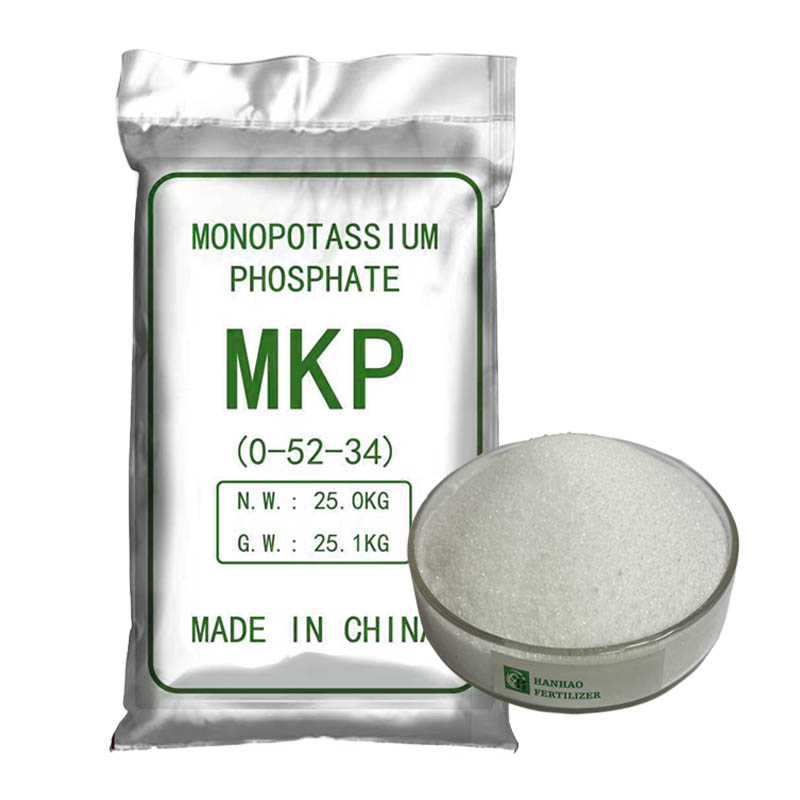
Nov . 05, 2024 07:13 Back to list
potash for potatoes
The Importance of Potash for Potatoes
Potatoes are one of the most valuable and widely consumed crops globally. To ensure their optimal growth and yield, it is crucial to understand the role of essential nutrients, particularly potash. Potash, or potassium carbonate, is a vital fertilizer component that significantly affects potato production. This article explores the relevance of potash in potato cultivation and its impact on yield and quality.
What is Potash?
Potash is a term used to describe various potassium-bearing minerals and compounds, which are commonly used as fertilizers. Potassium is one of the three primary macronutrients vital for plant growth, alongside nitrogen and phosphorus. In the context of potato cultivation, potash plays several essential roles.
The Role of Potash in Potato Growth
1. Enhanced Root Development Potassium helps in the proper development of root systems, which is crucial for nutrient and water uptake. A well-developed root system allows potatoes to thrive, particularly in varying soil conditions and during times of drought.
2. Disease Resistance Potash contributes to the overall health of plants, enhancing their resistance to diseases and pests. This is particularly important for potatoes, which are susceptible to various diseases such as blight and scab. Healthy plants can better withstand stressors, leading to improved yields.
3. Quality Improvement The application of potash influences the quality of potatoes harvested. Adequate potassium levels result in better tuber size, shape, and texture, improving marketability. Additionally, potassium is linked to increased sugar content in potatoes, which can enhance flavor.
4. Regulating Water Use Potassium is important in regulating water balance within plants. It helps manage stomatal function, which controls water loss through transpiration. This regulation is critical, especially in regions where water availability is uncertain.
potash for potatoes

Potash Application Methods
To maximize the benefits of potash, proper application methods must be employed. Potash can be applied through various methods such as broadcasting, banding, or fertigation. The choice of application method will depend on soil conditions, crop needs, and available resources.
Soil Testing Before adding potash, it is vital to conduct soil tests to determine potassium levels. Understanding existing nutrient levels allows farmers to apply potash more effectively and prevent over-fertilization, which can lead to environmental issues and increased costs.
Timing of Application Timing also plays a crucial role in the effectiveness of potash. It is generally advisable to apply potash during the pre-planting phase or at planting time, as this ensures that the potatoes can access the nutrients as they begin to grow.
Environmental Considerations
While potash is beneficial for potato cultivation, it is essential to consider the environmental impact of its use. Over-application can lead to nutrient runoff into water bodies, causing algal blooms and degrading water quality. Sustainable practices, such as precise application rates and timings, can help mitigate potential environmental risks.
Conclusion
In summary, potash is a key component in the successful cultivation of potatoes. Its contributions to root development, disease resistance, quality enhancement, and water-use regulation make it an indispensable nutrient for achieving optimal yields. Farmers must consider soil testing and sustainable application practices to maximize the benefits of potash, ensuring both productivity and environmental stewardship. As the global demand for potatoes continues to rise, understanding and effectively utilizing potash will play a crucial role in meeting this challenge.
-
Premium 10 10 10 Water Soluble Fertilizer for Fast Plant Growth
NewsJul.26,2025
-
Premium 10 10 10 Fertilizer Organic for Plants & Lawns
NewsJul.25,2025
-
10 10 10 Fertilizer Organic – Premium NPK & Water Soluble Solutions
NewsJul.24,2025
-
Premium 10 10 10 Fertilizer Organic for All-Purpose Plant Growth
NewsJul.23,2025
-
Premium 10 10 10 Water Soluble Fertilizer for All Plants
NewsJul.22,2025
-
Premium Amino Acid Fertilizer with Humic Acid & NPK Blends
NewsJul.21,2025
